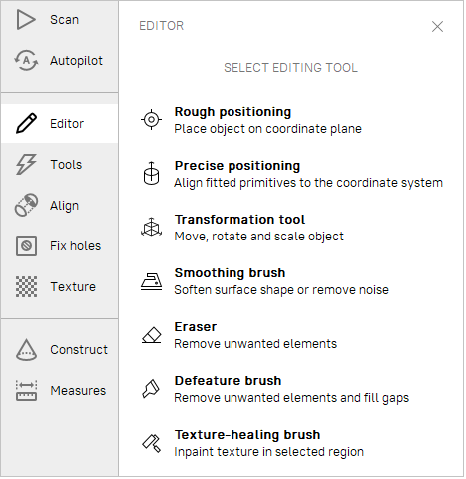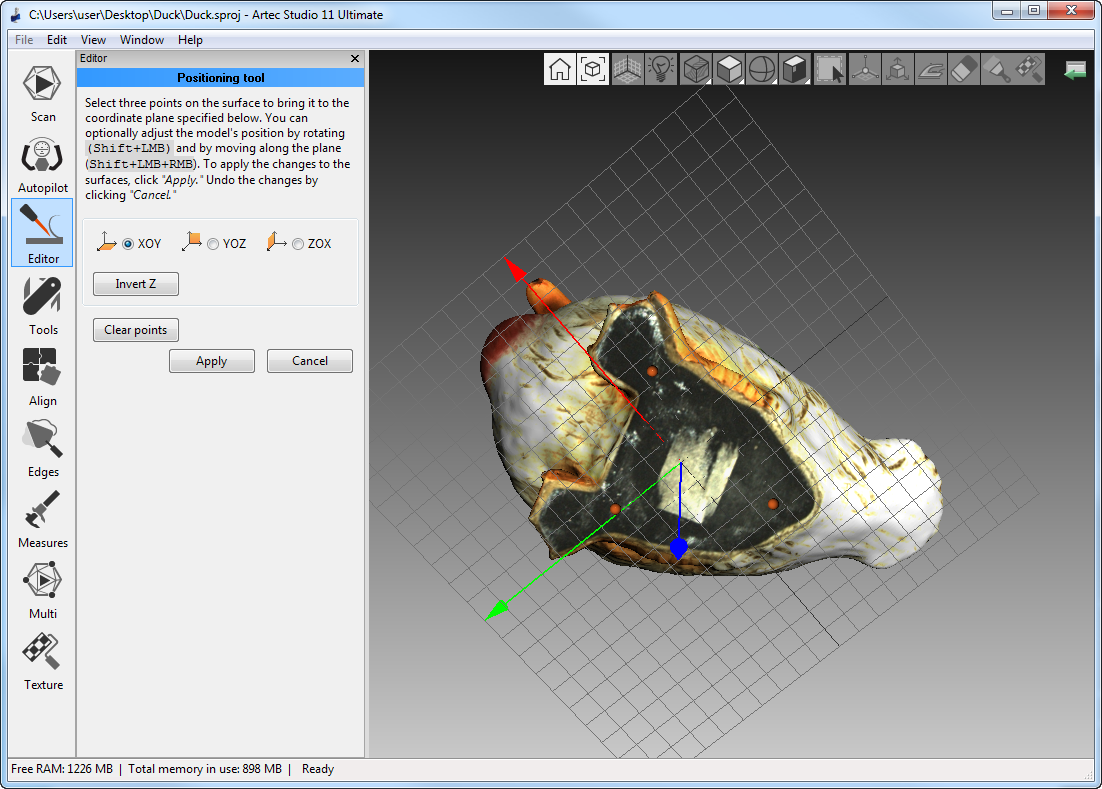

- ARTEC STUDIO MIRROR ONJECTS HOW TO
- ARTEC STUDIO MIRROR ONJECTS MANUAL
- ARTEC STUDIO MIRROR ONJECTS REGISTRATION
- ARTEC STUDIO MIRROR ONJECTS SOFTWARE
- ARTEC STUDIO MIRROR ONJECTS ISO
You can use this trick to your advantage when you shoot in small rooms. Small spaces like elevators have mirrors to give the illusion of more space. I was able to freely flip my hair because the camera was standing a few metres away from me. Create Space in Small Rooms by Using Large Mirrors Both of these self-portraits are mirror reflections. These will be noticeable only when you zoom into your photo, so they shouldn’t be a problem. It’s also likely that the mirror you use will create distortions on your model’s face. If you don’t use it regularly, it will feel very awkward at first.
ARTEC STUDIO MIRROR ONJECTS MANUAL
Manual focus will let you capture exactly what you want. You can avoid this by switching to manual focus. Especially if you’re working with a small f-number like f/1.2. Use Manual Focus for the Sharpest Resultsĭepending on the concept of your shoot, you might have to deal with a lot of busy foregrounds and backgrounds in your compositions.īecause of this, autofocus might capture the wrong subject or not be able to focus at all.


ARTEC STUDIO MIRROR ONJECTS ISO
As you take photos, make sure you manually change your photos’ colour temperature and ISO.Ĭolour temperature will let you fix unflattering tones and ISO will help you take sharp photos in locations with limited light. You just need to work with artificial light and DSLR camera settings that are usually not needed during the warmer months.Īrtificial light can enhance your subject’s features. If you want to stay in, experiment with different outfits, and take great photos with a limited amount of light, you can easily do so. As long as you have access to a mirror, you can take photos wherever and whenever you want. One of the best things about mirror photography is that it offers unlimited possibilities. If you’re a DIY fanatic, you can make your very own vanity mirror.

Mirrors like this are ideal for glamour photography or behind-the-scenes shots. Use Artificial Light to Enhance Your Model’s Features A Hollywood vanity mirror will cast an even amount of light on your subject. Viewing Scans and Models describes ways in which to control an object’s appearance in the 3D View window and obtain the best view of the 3D model.1.
ARTEC STUDIO MIRROR ONJECTS HOW TO
Scanning explains the basic principles of object scanning and offers advice on how to conduct the scanning process to obtain the best results. Using the Hardware covers hardware-related matters: scanners, third-party 3D sensors and 3D mice The incomplete list of chapters below is intended to clarify the document structure.ģD Scanning at a Glance (Quick Start Guide) is a brief overview of scanning and processing basics. Also, take a look at the Conventions and Acronyms section for a key that describes how we highlight semantic elements. Consult the Index to find references for specific parameters that appear in processing algorithms. To get the most out of the documentation, review the various terms we use throughout. Use the left panel to get an overview of the entire manual, or refer to the Quick Start Guide. This manual will show you how to use the application as well as your 3D scanner to quickly and easily create great-looking 3D models. It enables you to scan countless objects using Artec scanners.
ARTEC STUDIO MIRROR ONJECTS SOFTWARE
ARTEC STUDIO MIRROR ONJECTS REGISTRATION


 0 kommentar(er)
0 kommentar(er)
